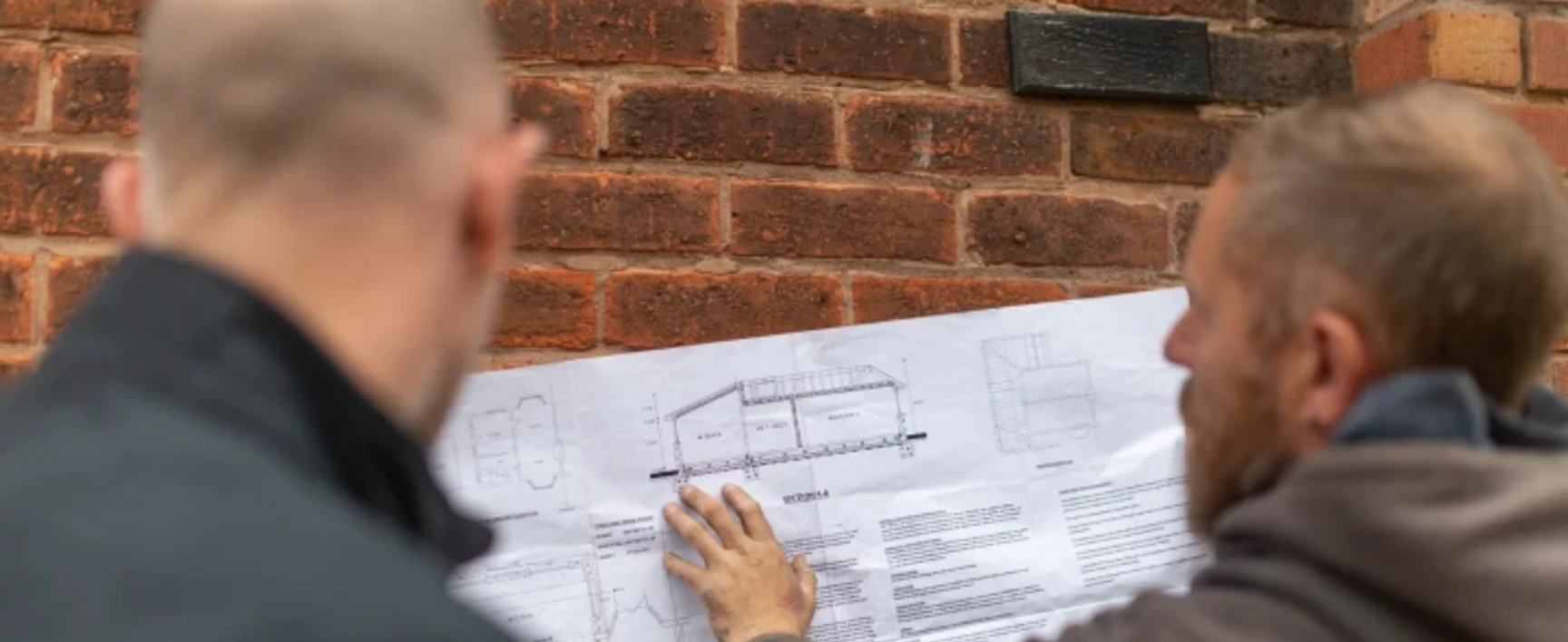The Building Safety Act 2022 received Royal Assent on 28 April 2022, coming into force in stages, with key provisions applying from 1 October 2023, and further changes introduced on 6 April 2024.
Yet, across the construction industry, many are still grappling with its changes in requirements and the ramifications of these.
We sat down with Shane Brown, Commercial Manager at SOCOTEC Building Control, to discuss the main changes made by the Building Safety Act, and what could be done further to help the industry adapt...
Why the Building Safety Act Was Introduced
“Ultimately, The Building Safety Act emerged as a direct response to the Grenfell tragedy and the subsequent Hackitt reports, particularly the ‘Building a Safer Future’ report in 2018.
This legislation, alongside the ‘Setting the Bar’ work from 2020 focusing on industry competence, established a roadmap for improving building safety across all building types and sizes.”
One of the major changes the Act brought in was the creation of the Building Safety Regulator (BSR), which has three core functions:
- Overseeing the safety and performance of buildings
- Encouraging the Built Environment industry to improve competence
- Leading the implementation of new regulatory framework for Higher-Risk Buildings
Cultural Shift in Responsibility
As Shane explains, the Act has fundamentally changed how accountability is allocated in construction projects.
“Previously, there was a tendency within the industry to heavily rely on Building Control to identify and solve issues surrounding compliance.
Now though, the Act places greater onus on:
- Architects and building designers
- Contractors
- Ultimate responsibility rests with the clients themselves
This represents a significant cultural shift where Building Control professionals can no longer provide design advice in the same way, requiring industry professionals to take greater accountability in demonstrating compliance has been achieved. This can create its own challenges, but it is essential these professionals understand their role in the landscape the Act has brought with it.”
But What Does This Mean for Building Control Clients?
“We have seen a huge increase in documentation, with more comprehensive record-keeping throughout a project lifecycle, as well as proven professional competence that ensures design teams and contractors understand the new requirements they are working with.
“We now have an expanded application form which means more information has to be provided at the infancy of a project, just to allow it to be considered a valid application. We also expect there to be a higher degree of design responsibility that requires proactive demonstration of Building Regulations compliance.
“The Compliance Declarations that are required when a project is completed, are further examples of this demonstration of compliance. As duty holders now must sign this declaration to demonstrate that they have fulfilled their role.”
The Challenge of Implementation
“There appears to have been limited investment in awareness campaigns, which has left Building Control bodies to provide much of the training and guidance to the industry.
This has created gaps in understanding that can cause friction between clients and Building Control professionals.
However, we have a series of key action points clients can follow, that will help ease the transition:
- Ensure your professional team fully understands the new requirements
- Put a budget in place for enhanced documentation and approval processes
- For Higher-Risk Buildings, engage early with the BSR and understand the gateway process
- Invest in proper change management and record-keeping systems
- Consider attending industry workshops and CPD sessions in order to stay current”
Moving Forward
Like it or loathe it, the Building Safety Act 2022 represents the most significant change to Building Control in decades. While the transition has been challenging, the legislation aims to create a safer, more accountable construction industry.
The Act affects all building types, from loft conversions to tower blocks. While the most significant changes apply to Higher-Risk Buildings, all construction projects now operate under enhanced regulatory oversight designed to improve building safety across the industry.
One of the next landmark moments of the Act’s impact on the construction industry, the Building Safety Levy, comes into effect on 1 October 2026. A financial charge on developers of new residential buildings in England, the Levy is intended to fund the remediation of historical building safety defects, particularly those which involve unsafe cladding, ensuring that leaseholders and taxpayers are not picking up the cost.
Having been pushed back several times, it’s hoped that the industry is well-prepared for such a large incoming change in just under a year’s time.
If your business is still trying to get up to speed with the implementation of the Building Safety Levy, please ensure you subscribe to our SOCOTEC Building Control YouTube channel, and look out for a soon to be released video, in which Shane Brown talks through the implementation and highlights key considerations.
The video will also be featured in the next Building Control newsletter. If you wish to subscribe please click here.
If you have any further questions about the Building Safety Act 2022, please contact Shane Brown at shane.brown@socotec.co.uk.



